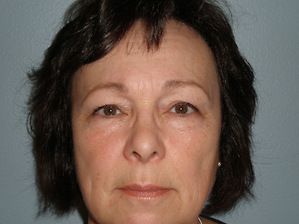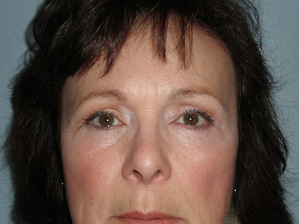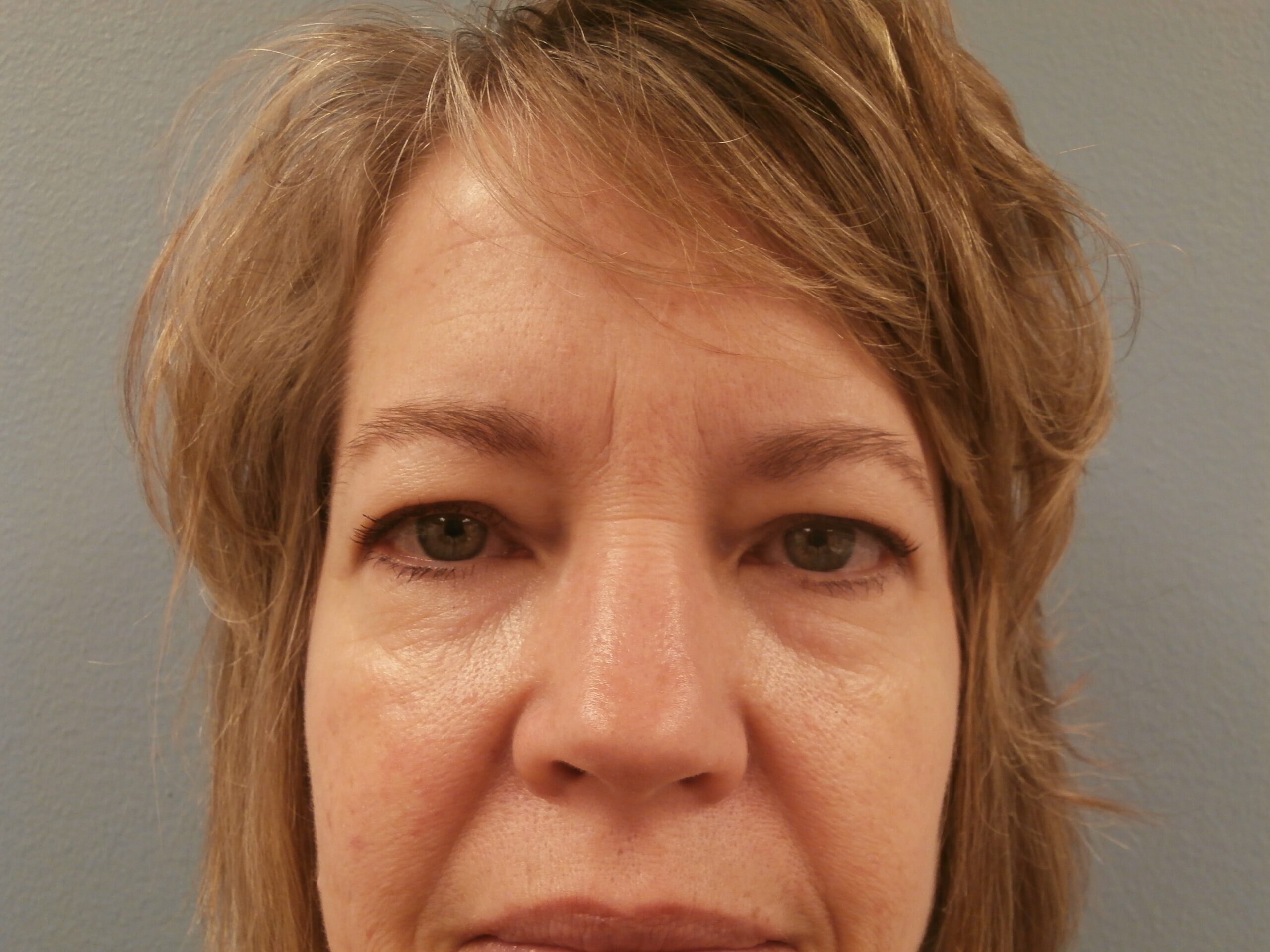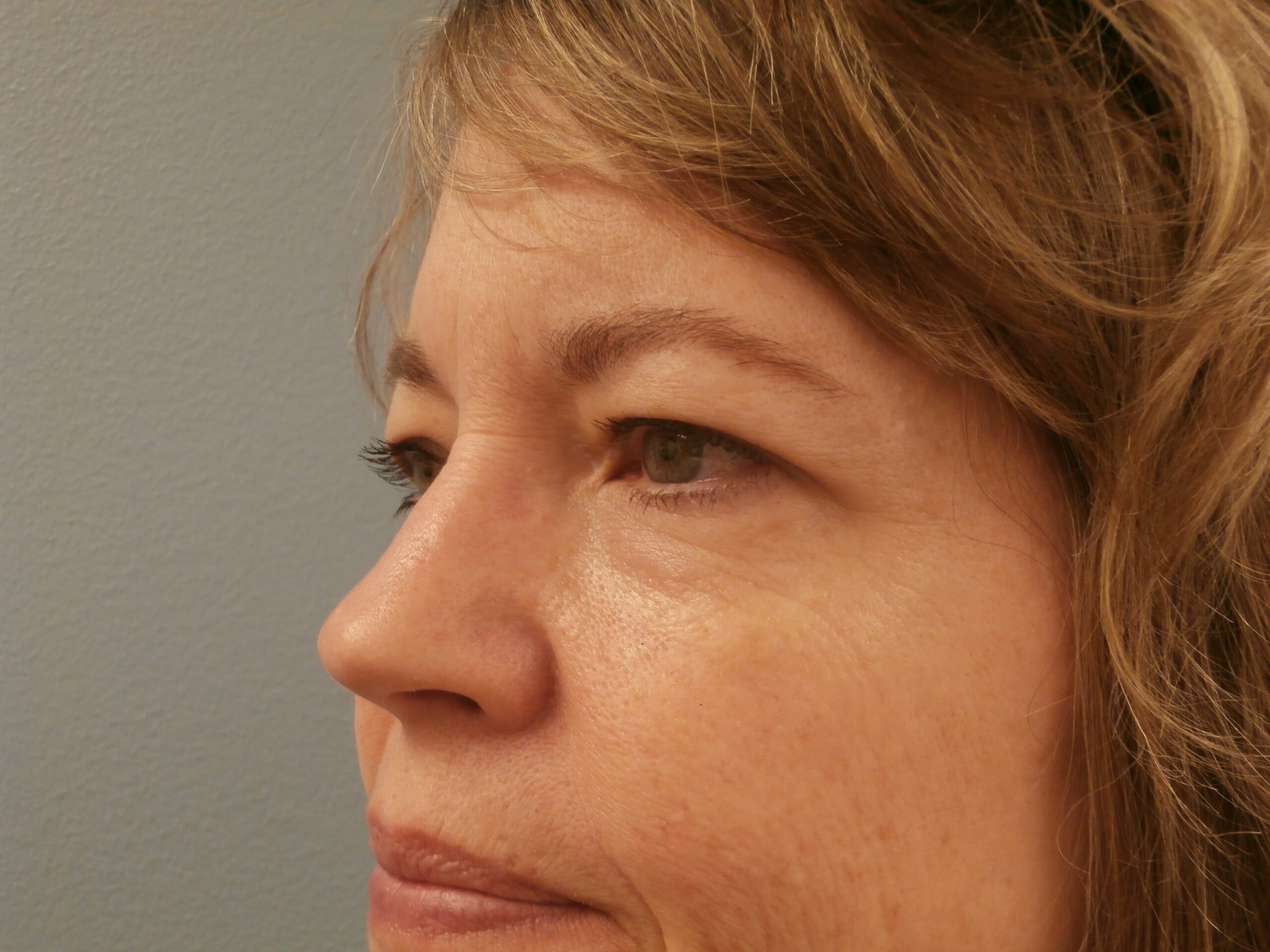Quick Links
What is Eyelid Surgery?
Drooping eyelids can cause you to look tired or even cause functional problems. Eyelid surgery, also known as blepharoplasty, can help to treat loose and sagging skin on the upper eyelids for a more youthful appearance.
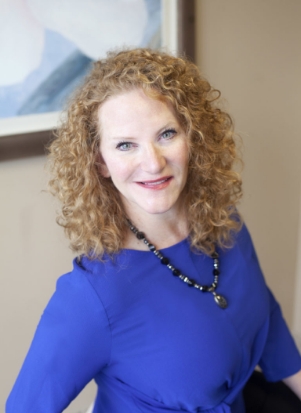
Heather Rocheford, MD
BOARD CERTIFIED PLASTIC SURGEON
There are so many fads and false promises out there. It’s almost impossible to make a confident decision without trusted advice, and that’s what I’m here for. My goal is to help you understand what is right for you – based on your unique situation.
Meet Dr. RochefordDetails Of Eyelid Surgery:
- Surgery: Surgery is done under a general anesthetic at a surgery center. The surgery takes 1 – 2 hours and is an outpatient surgery.
- Discomfort: Mild. Anticipate 0 – 3 days of pain medication.
- Bruising and Swelling: Improves within 1 – 2 weeks. Can last up to 4 weeks. Minimize with constant head elevation and frequent ice application.
- Stitches: Sutures will be removed in one week.
- Contact Lenses: May be worn in one week. Glasses may be worn immediately.
- Bandages: None
- Make-up: May be worn in 1 week.
- Presentation in Public: 3 days to 2 weeks with the help of make-up.
- Work: You may feel capable of returning within 1 – 3 days, but your appearance will be the limiting factor.
- Exercise: May be resumed in 2 weeks.
- Sun Protection: Six months with SPF 15 or higher.
- Final Result: Seen in 2 – 6 weeks. The results are usually permanent.
Who is a Good Candidate for Eyelid Surgery?
Individuals who have excess skin covering the natural fold of the eyelids have loose eyelid skin that impairs their vision or have puffy eyelids that cause a look of sadness can often benefit from eyelid surgery. Good eyelid surgery candidates are healthy, non-smokers who do not have a serious eye condition. It is important to remember that drooping lids may also be caused by relaxed skin on the forehead and eyebrows. A consultation with Dr. Rocheford can help to determine whether eyelid surgery can help to remedy your drooping eyelids.
The Procedure
Eyelid surgery incisions are created so that any scars will be hidden within the natural eye creases. Upper eyelid surgery involves an incision along the eyelid crease for the removal and repositioning of fat, tightening muscles, and removing extra skin. Incisions will be closed with a stitch that will be removed about one week later. Incisions will fade over time and blend into the natural creases of the eye, so virtually no scarring is apparent.
Eyelid Surgery Recovery
Eyelid Surgery is an outpatient procedure that takes about one to two hours. Following surgery, patients will experience bruising and swelling, which can be controlled with elevation and ice. Any discomfort can also be controlled with pain medication. Glasses can be worn immediately following surgery, and contacts can be worn after a week. Patients can return to work within one to three days, or when they feel comfortable with their appearance. Exercise can take place in two weeks. Final results are seen in two to six weeks post-op and are permanent.
Schedule a Consultation
If you’re ready to discuss your options for improving the appearance of your eyelids, now is a great time to schedule your eyelid surgery consultation with Dr. Heather Rocheford at our plastic surgery offices, serving the Twin Cities Metro area including St. Paul, Minneapolis, Woodbury and beyond. Simply request a consultation online, or call Rocheford Plastic Surgery at 651-739-1100 today to schedule your appointment.
Recent News
Eyelid Surgery
An eyelid surgery, also known as a blepharoplasty, can be performed alone or in conjunction with other facial plastic surgery…
READ MOREBenefits of Eyelid Surgery
Repeated facial expressions, sun damage, and the natural aging process can all lead to fine lines and wrinkles around the…
READ MOREEyelid Surgery FAQ’s
Who can benefit from eyelid surgery?
Although many people pursue eyelid surgery to address age-related concerns, such as sagging skin or wrinkles, others may undergo the surgery to correct inherited irregularities. Regardless of the cause, healthy adults who are bothered by drooping or tired-looking eyes may benefit from eyelid surgery, or blepharoplasty, at our Minneapolis-area practice.
How do I know whether I need eyelid surgery or a brow lift?
A brow lift, or forehead surgery, can also rejuvenate the upper face, but it focuses more specifically on wrinkles of the forehead and sagging or lowered brow. Some patients may benefit from both brow and eyelid surgery. During your consultation, Dr. Rocheford works with you to develop a treatment plan that addresses each of your needs.
Where will my eyelid surgery be performed?
Dr. Rocheford performs eyelid surgery using local anesthesia at her office, which saves the patient the surgical center cost. Blepharoplasty is an outpatient surgery that is relatively simple, so performing it in the office is beneficial.
When may I return to work after surgery?
Eyelid surgery is not typically a complex procedure, and most patients are pleasantly surprised that pain and discomfort during recuperation are mild. However, the procedure can cause significant bruising around the eyes, and makeup application should be avoided for at least 1 week to promote proper healing. For the upper lids, bruising is generally gone in a week.
Patient Resources
Whether a new or returning patient, we have plenty of resources to either help you get started or learn more about the procedure process. From patient forms to blogs, we have all the resources you’ll need to prepare yourself for your appointment.






